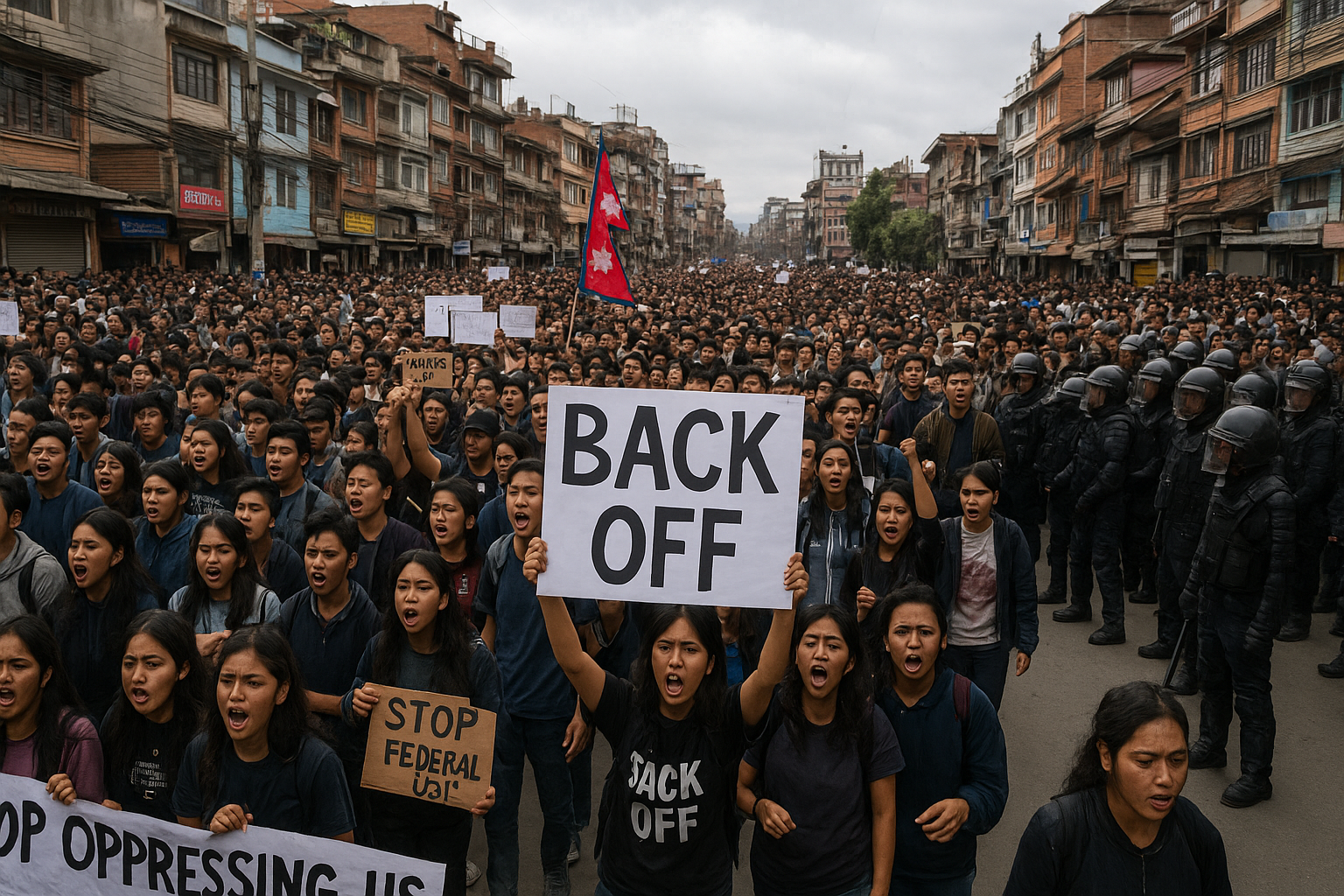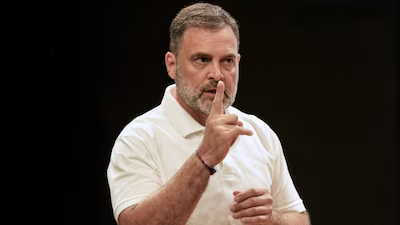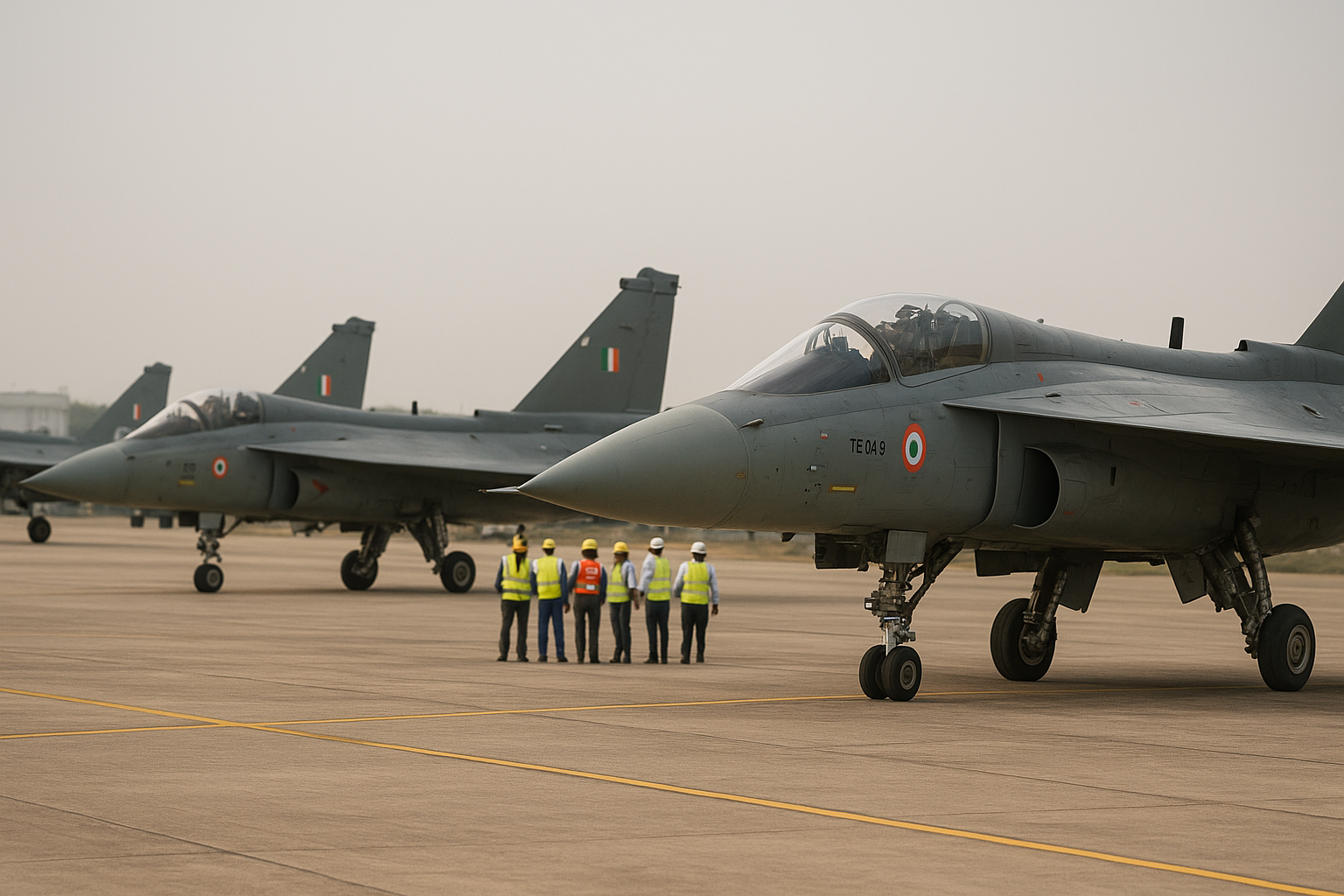Kathmandu is on edge after days of youth-led demonstrations that have shaken the Himalayan nation. What started as anger over the government’s sudden decision to block popular social media platforms has snowballed into one of the largest street movements Nepal has seen in years.
Young Voices Lead the Movement
Most protesters are students and first-time job seekers, part of a restless generation often called “Nepal’s Gen Z.” For them, platforms like Instagram, YouTube, and X are not just entertainment but tools for education, networking, and political expression. The ban felt like an attempt to silence them.
“We grew up with the internet. Taking it away means taking away our voice,” said Roshni, a 21-year-old student in Kathmandu.
Violence and Political Fallout
The demonstrations turned violent over the weekend, leaving more than a dozen people dead and many injured in clashes with police. In a dramatic turn, Prime Minister KP Sharma Oli offered his resignation, hoping to calm the unrest. Home Minister Ramesh Lekhak also stepped down, calling the loss of life a “tragedy that must never repeat.”
Why the Ban Backfired
The government said the ban was meant to curb misinformation and protect national security. But to the public, it looked more like censorship. Analysts believe the decision only fueled distrust, as protesters saw it as proof of a government out of touch with its youth.
Social Media Restored, Anger Remains
Faced with mounting pressure, authorities restored access to social media. Yet, the protests continued, with thousands still marching in Kathmandu’s streets. Many are now demanding wider reforms—calling for jobs, accountability, and an end to corruption.
Regional Concerns
The crisis has spilled beyond Nepal’s borders. India, which shares a long frontier with Nepal, has warned travelers to be cautious. Security has been tightened at border checkpoints as a precaution.
Why It Matters
Nepal’s unrest is not just about internet access. It highlights a deeper generational divide—between leaders stuck in old politics and a youth impatient for change. If ignored, the protests could shape the country’s political future for years to come.



